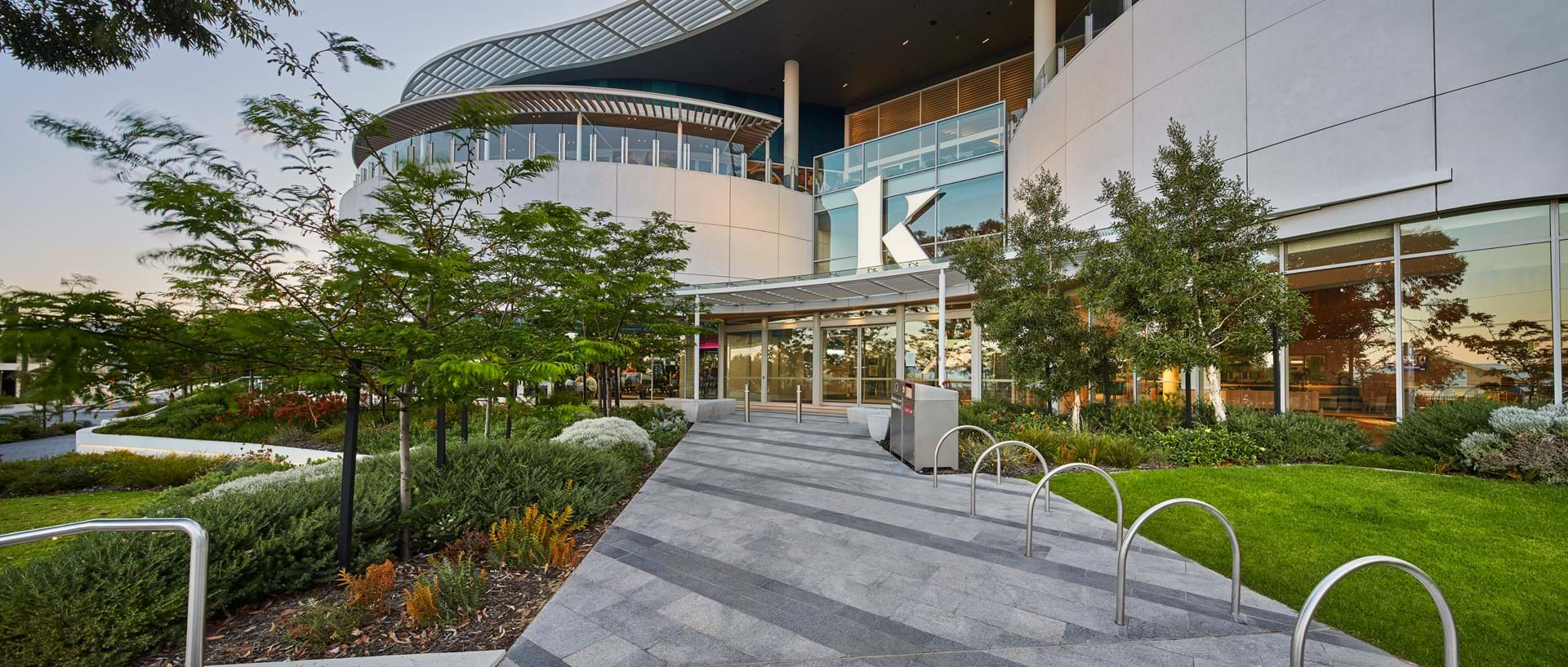Who We Are
LIAWA elevates professionalism and promotes members as a preferred business to the general public. All members are bound by our Code of Ethics and Values and are required to demonstrate and maintain an excellent standard of workmanship, creativity and constant high level of customer service. LIAWA members are committed to improving standards through regular professional development and are encouraged to network and build relationships with other LIAWA members to help benefit the industry as a whole.
Why Hire a LIAWA Member?
Protect Your Investment
Landscaping is an exciting field full of creativity and inspiration, but it's also a significant investment. Just like any other construction project, it’s crucial to protect that investment by hiring qualified professionals who can deliver quality work.
Today’s landscaping projects go far beyond just plants and soil. Ensure your peace of mind by choosing an LIAWA member, so you can be confident the job will be done right—first time, every time.
Become a Member
Membership That Makes a Difference. Your Contribution Counts.
LIAWA is a forward-thinking and professional association, dedicated to bolstering and empowering the crucial landscaping industries vibrant community. We achieve this by providing strong leadership, impactful advocacy, hosting distinctive events, delivering specialised training, and fostering a powerful brand presence.





























